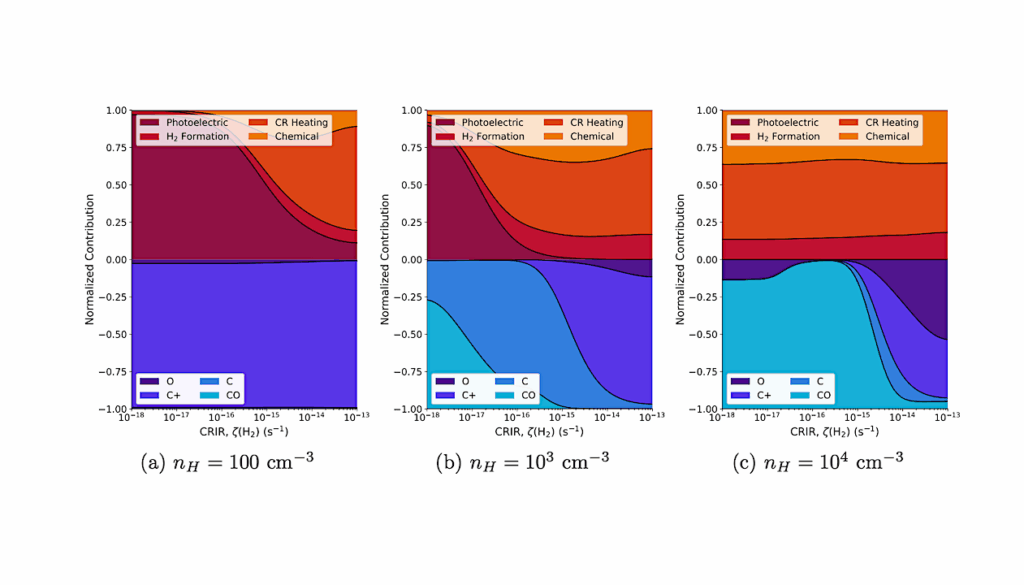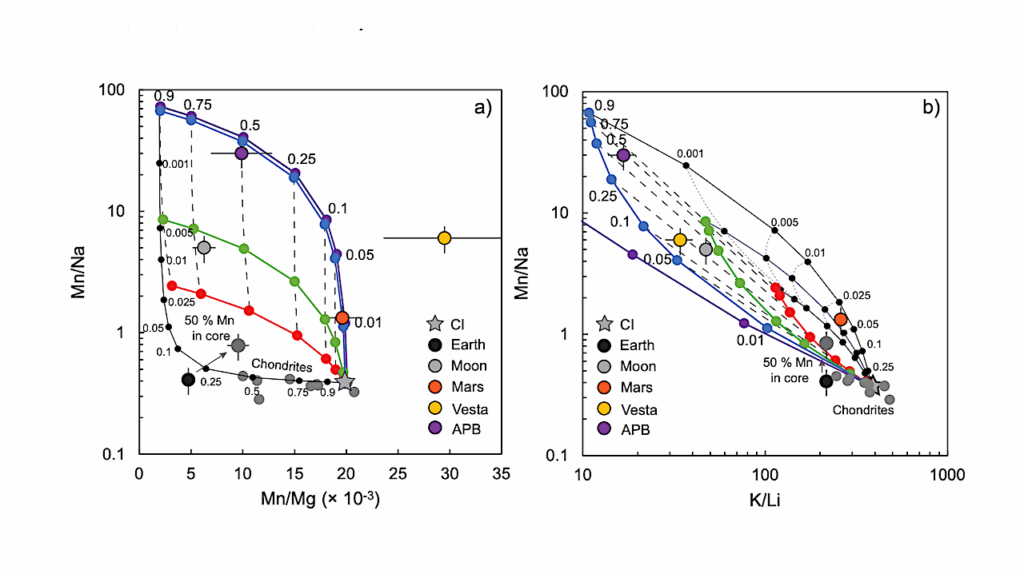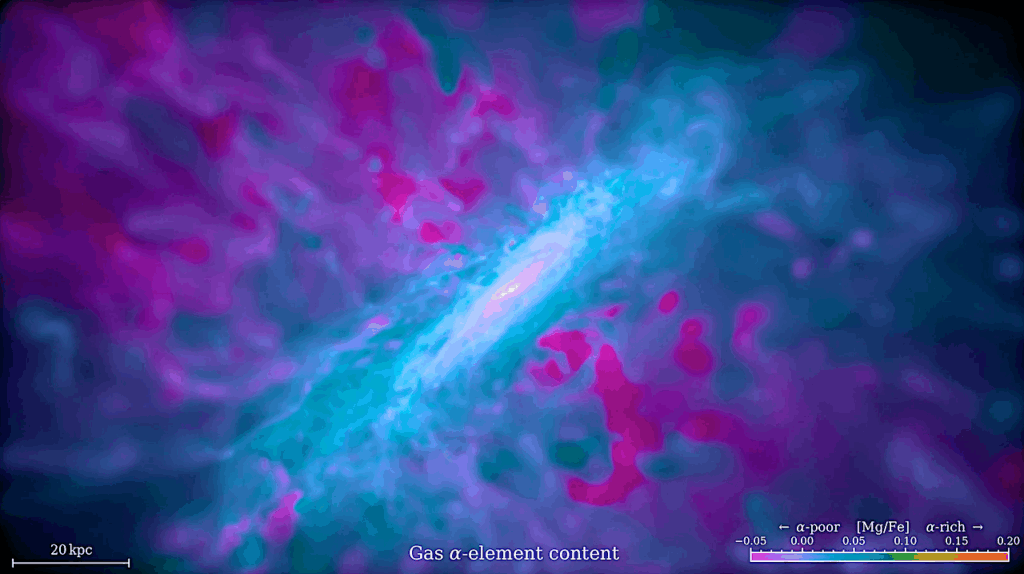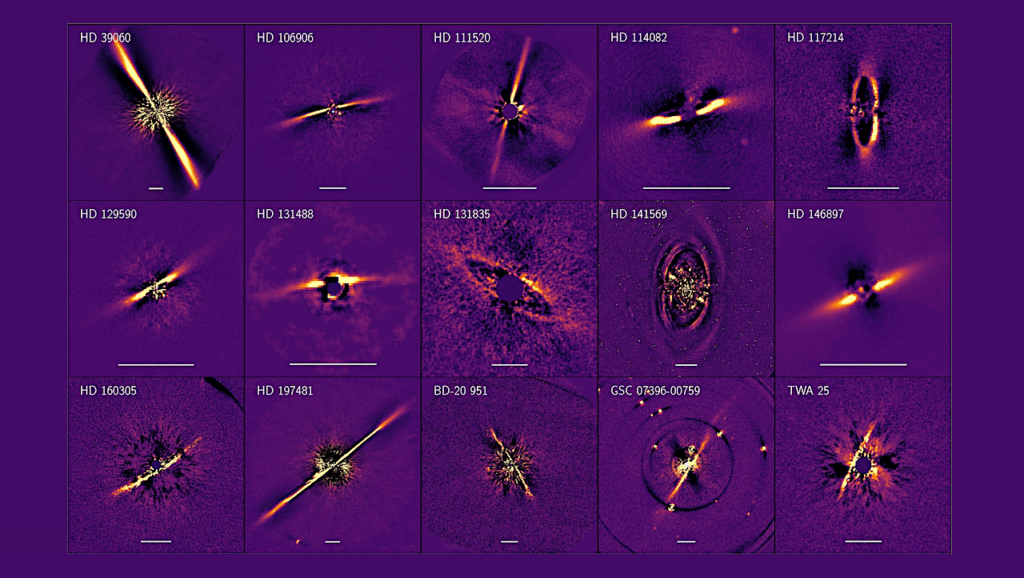The Carbon Monoxide-rich Interstellar Comet 2I/Borisov

Interstellar comets offer direct samples of volatiles from distant protoplanetary disks. 2I/Borisov is the first notably active interstellar comet discovered in our solar system[1].
Comets are condensed samples of the gas, ice, and dust that were in a star’s protoplanetary disk during the formation of its planets and inform our understanding on how chemical compositions and abundances vary with distance from the central star. Their orbital migration moves volatiles[2], organic material, and prebiotic chemicals in their host system[3].
In our solar system, hundreds of comets have been observed remotely, and a few have been studied up close by space missions[4]. However, knowledge of extrasolar comets has been limited to what could be gleaned from distant, unresolved observations of cometary regions around other stars, with only one detection of carbon monoxide[5].
Here we report that the coma of 2I/Borisov contains significantly more CO than H2O gas, with abundances of at least 173%, more than three times higher than previously measured for any comet in the inner (<2.5 au) solar system[4]. Our ultraviolet observations of 2I/Borisov provide the first glimpse into the ice content and chemical composition of the protoplanetary disk of another star that is substantially different from our own.
D. Bodewits, J. W. Noonan, P. D. Feldman, M. T. Bannister, D. Farnocchia, W. M. Harris, J.-Y. Li, K. E. Mandt, J. Wm. Parker, Z. Xing
Subjects: Earth and Planetary Astrophysics (astro-ph.EP)
Journal reference: Nature Astronomy, 2020
DOI: 10.1038/s41550-020-1095-2
Cite as: arXiv:2004.08972 [astro-ph.EP] (or arXiv:2004.08972v1 [astro-ph.EP] for this version)
Submission history
From: Dennis Bodewits
[v1] Sun, 19 Apr 2020 22:05:34 UTC (1,489 KB)
https://arxiv.org/abs/2004.08972
Astrobiology, Astrochemistry








